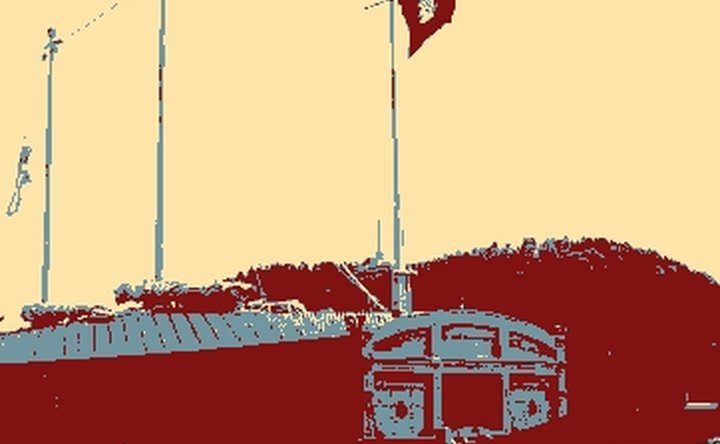How does China’s leadership view its fighter pilots?
One of the lessons most commonly lost on those who make procurement decisions is that the purchase of a weapon system that represents a leap in technological capability does not translate into some instant, magical uptick in combat power.
The quality of the operator, their training, the command environment and the degree to which the pilot, submarine captain or infantry officer has freedom to make their own decisions – all these factors make as much or more of a difference than the technology level of weaponry.
The People’s Liberation Army Air Force (PLAAF) is a perfect example of this truism.
Already have an account? Log in
Want to keep reading this article?
More from Air Warfare
-
![UK MoD unveils first steps for British Army Watchkeeper replacement]()
UK MoD unveils first steps for British Army Watchkeeper replacement
Project Corvus will look for a replacement for the Watchkeeper Mk1 uncrewed aerial system (UAS) that was retired from service in the British Army in March 2025.
-
![Sweden requests approval to pursue Gripen and GlobalEye sales to Peru and Denmark]()
Sweden requests approval to pursue Gripen and GlobalEye sales to Peru and Denmark
The Swedish Government has asked parliament to authorise two possible export sales as part of its 2025 Spring amending budget bill.
-
![Germany confirms loitering munitions contracts for its armed forces]()
Germany confirms loitering munitions contracts for its armed forces
Contracts for the procurement of two platforms have been signed, and will be tested by the German armed forces.
-
![Spanish Air Force receives first converted A330 MRTT]()
Spanish Air Force receives first converted A330 MRTT
The second and third Airbus A330 MRTT for the Spanish Air Force have been undergoing conversion in Getafe, Madrid.
-
![Indonesia commits to further collaboration with Turkey, eyes Kaan jet and MILDEN programmes]()
Indonesia commits to further collaboration with Turkey, eyes Kaan jet and MILDEN programmes
The two countries have already signed defence industrial partnerships in recent years, most recently between Republikorp and Turkish firm Baykar in February 2025.























